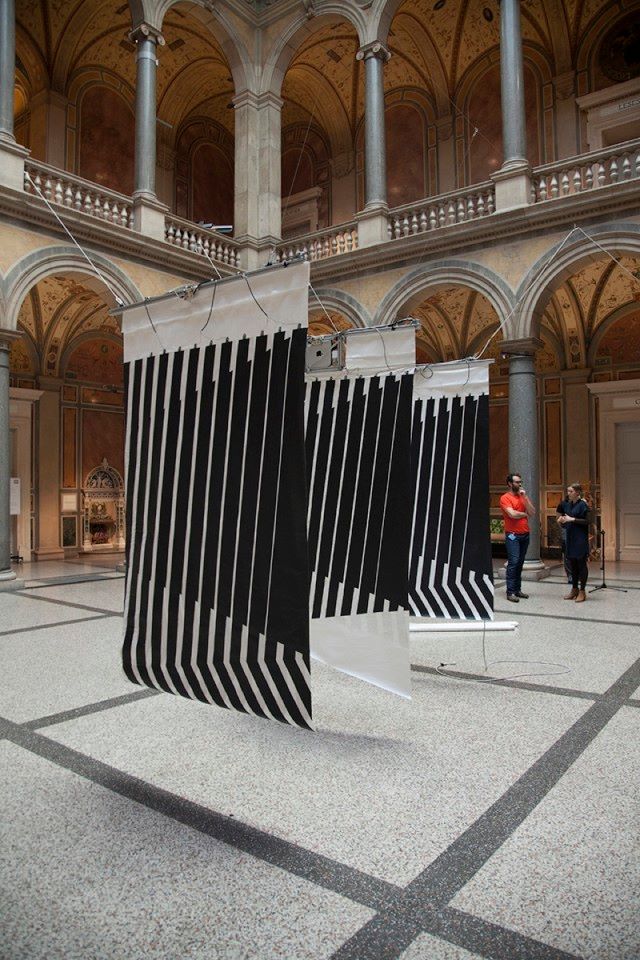
Golan Levin
Ghost Pole Propagator II
Ghost Pole Propagator captures and replays the ‘skeletons‘ of passersby in its environment, creating a layered and dynamic tapestry that reflects the history and activity of a locale. Presenting a universal communication of presence, attitude and gesture, the stick-figures this artwork generates are compact and expressive means of representing the human form. The format of the work is variable; in some presentations, the project serves as a kind of ‘interpretive monitoring station’ for nearby pedestrian traffic.




